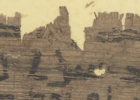
Lesson 1 Papyrus was made exclusively in Egypt, where the papyrus plant grows. But it was used thr...
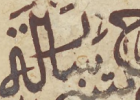
Lesson 2 Thanks to the endeavours of early Arabic grammarians, the written Arabic language was larg...

Lesson 3 A codex is produced by binding together a number of quires (pl. karārīs, sg kurrās). A qui...

Lesson 4 Parchment was used as a carrier for text in the eastern Mediterranean region since Antiqu...

Lesson 5 Many skills were needed to make a book of exceptional quality. The parchment or paper had ...
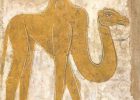
Lesson 6 The words kāna al-farāgh min bayḍa (or mubayyaḍa) in a colophon are usually translated as...

Lesson 7 Books are vulnerable. Most codices are made of paper, which is light and flexible, but al...
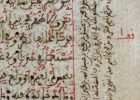
Lesson 8 In the manuscript age, writers and readers had to develop particular techniques to make th...
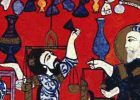
Lesson 9 In the Arabic tradition, owners (and even borrowers) of codices often added notes not onl...
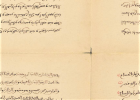
Lesson 10 Once in a while, you will come across an old printed book in which the pages still need to...
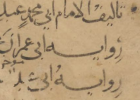
Lesson 11 In the first centuries of Islam, the transmission of knowledge was predominantly oral. Kno...
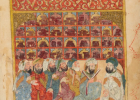
Lesson 12 Early hadith scholars were skeptical of books. They cherished the oral origins of their di...
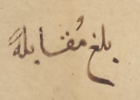
Lesson 13 The physical production of a new copy of a book in the Manuscript Age could occur in sever...
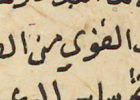
Lesson 14 From amongst the hundreds of thousands of Arabic manuscripts surviving today, only very f...
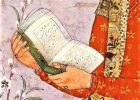
Lesson 15 Notes of ownership or tamalluk, often on the flyleaf of a codex, show us in the first plac...
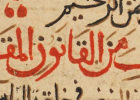
Lesson 16 In manuscript cultures textual knowledge was transmitted over centuries by the copying lab...
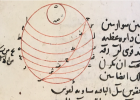
Lesson 17 Astronomy in the Arabic world has a long history of study, and so it is not uncommon for m...
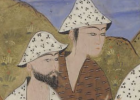
Lesson 18 The Shāhnāma or Book of Kings by Manṣūr Abū al-Qāsim Firdawsī Ṭūsī narrates the legendary ...
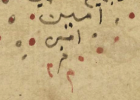
Lesson 19 When an author completed a text he would mark that moment (which was not seldom planned on...
Lesson 20 The relationship between Muslim-world artists and the depiction of animate beings is well...
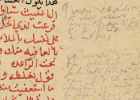
Lesson 21 As compact, readily-movable objects, books can have wide-ranging, itinerant lives. And gi...
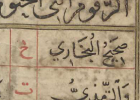
Lesson 22 Pre-modern Arabic writing was particularly attuned to issues of authenticity. Perhaps it ...
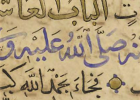
Lesson 23 The lessons of this online course are meant as an introduction to “the real thing”. One o...
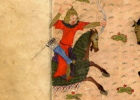
Lesson 24 The Shāhnāma or Book of Kings by Manṣūr Abū al-Qāsim Firdawsī Ṭūsī narrates the legendary ...

Lesson 25 This lesson explores the twilight of Arabic manuscript production in the early twentieth c...
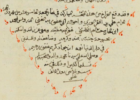
Lesson 26 The colophon is one of the first points of call when one studies a manuscript. All manuscr...

Lesson 50 ‘Ḥijāzī script’ is a script style used for the oldest Arabic texts preserved. Despite its ...
Lesson 51 Naskh literally means ‘copying’; the related noun nāsikh (or nassākh) connotes a ‘copyist’...
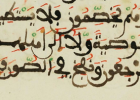
Lesson 52 The Maghribi script has developed from the Kufic script, or more precisely from the formal...

Lesson 53 The term nastaʿlīq is a contraction of two terms for calligraphic styles in Persian writin...
Lesson 54 Read more...